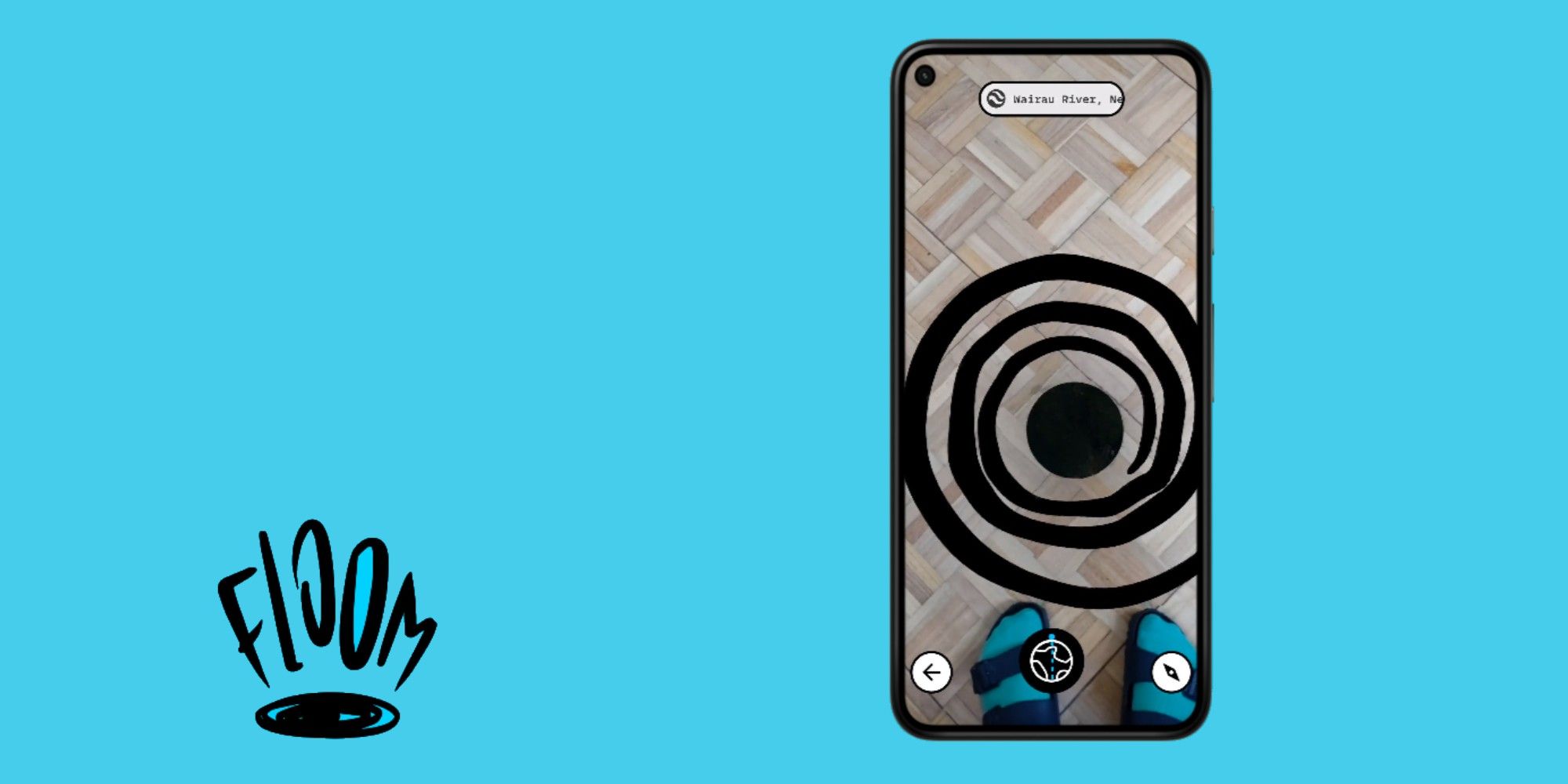Google is using the power of augmented reality (AR) to let Android users virtually tunnel through to the other side of the Earth. The feature builds off an already impressive collection of geographical technology created by Google, with Google Earth standing out for its impressive ability to offer both a bird's eye view and street perspectives of locations around the globe. This tunneling feature, by comparison, gives users an instant look at a spot directly through the planet.
Google has been in the business of giving users a greater sense of the world for two decades, with Google Earth making its debut in 2001. Google Maps followed four years later in 2005 and the company hasn't slowed down in expanding its planet-spanning capabilities. Google has even retooled Maps to be more useful during the ongoing COVID-19 pandemic and, more recently, added curbside grocery pickup functionality.
Google's latest globe-trotting tech, called Floom, is more about education and fun than serving as a productivity tool like Maps. Google describes it as a "WebXR experiment that helps anyone explore Earth from wherever they are." As long as they have an Android device with the latest version of Chrome, they can pull up Floom in a browser, point it at the ground, and get a view of what's at a straight line through the planet. Users control the direction of their virtual tunnel by tilting their mobile device to change its angle, allowing them to view different parts of the world from the same location.
Google's Floom Showcases Endless AR Possibilities
In its current state, there isn't much that can be achieved via Floom. To be clear, it is a fun process to point a phone at the ground and immediately see what's on the opposite side of the sea, whether that ends up being the Indian Ocean or a village in Botswana. There just isn't a whole lot of interaction to be had besides tunneling through at one location, then moving on to the next.
What Floom does, though, is show how intriguing a technology AR really is. A decade ago, it may have seemed preposterous that someone could virtually dig through the middle of the world and out to the other side simply by pointing their phone at the ground. The tech simply wasn't available to make that happen at that point in time. Now, though, AR is advancing at an incredible rate.
It's progressing so fast that Apple is rumored to be developing AR contact lenses and others like Amazon are using the tech to let shoppers virtually audition products before making a purchase. Floom may just be a small sample of the AR tech that Google has available to it, but it's part of a collection of tech that is offering some real excitement for what the future might hold.
Source: Google


